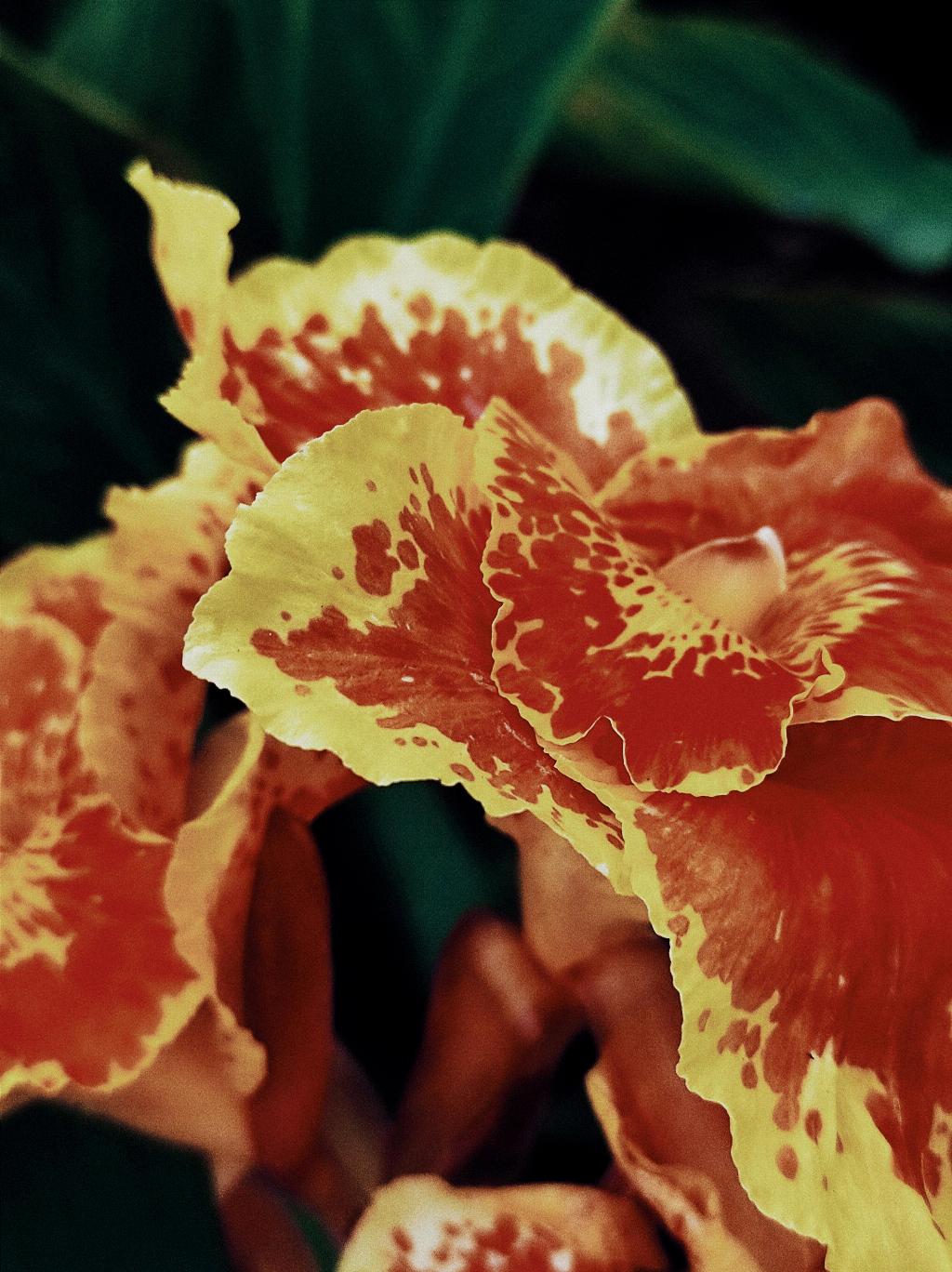Canna plants, with their large, vibrant leaves and striking flowers, are the show-stoppers in any garden. Originating from tropical and subtropical regions of the Americas, these perennials are known for their colorful foliage and are a favorite among gardeners looking to add a splash of color with minimal fuss. Cannas thrive in warm climates and can be grown in cooler areas too, provided they are cared for properly during colder months. Beyond their beauty, these plants are also relatively easy to maintain, making them a great choice for both novice and experienced gardeners alike.
Ideal Growing Conditions for Thriving Canna Plants
For your canna plants to flourish, they require a few key conditions: ample sunlight, rich soil, and adequate moisture. They flourish best in full sun but can tolerate partial shade; however, less sunlight may result in fewer blooms. The soil should be rich in organic matter and well-draining to prevent waterlogging, which can cause the roots to rot. Regular watering is crucial, especially in dry spells, but it’s important to let the soil dry out between watering sessions to ensure optimal growth.
Popular Varieties of Canna Plants: Colors, Sizes, and Features
Cannas come in various sizes and colors, offering numerous options for every type of garden. Some popular varieties include the ‘Tropicanna’ with its multi-colored foliage and orange blooms, the ‘Black Knight’ with its deep red flowers and almost black foliage, and the ‘Stuttgart’ known for its striking variegated leaves. Each variety varies in height too, from compact ones that are perfect for borders to taller ones that can create stunning backdrops in garden beds.
Planting Tips: Best Practices for Planting Canna Bulbs
Planting canna bulbs, or rhizomes, is straightforward. The best time to plant is after the danger of frost has passed in your area, usually in early spring. Choose a sunny spot and plant the rhizomes about 4 to 6 inches deep with the eyes (buds) facing upward. Space them about 2 feet apart to give each plant enough room to grow. Ensuring the soil is enriched with compost or a balanced fertilizer at planting will give your cannas a strong start.
Caring for Your Canna Plants: Watering, Fertilizing, and Pruning
Regular care is essential to keep your canna plants looking their best. Watering is particularly crucial during the growing season, especially in weeks without rain. When it comes to fertilizing, a low-nitrogen or balanced fertilizer applied in the spring and midsummer can promote vibrant blooms and lush foliage. Pruning is minimal but important; deadheading the spent flowers and removing old leaves will encourage healthier growth and more blooms.
Common Pests and Diseases: Prevention and Treatment
While generally robust, canna plants are occasionally susceptible to a few pests and diseases. Common issues include canna leaf rollers and spider mites, particularly during hot, dry weather. Regularly inspecting your plants and treating them with an appropriate organic pesticide can prevent infestations. Also, good cultural practices such as removing plant debris and providing adequate spacing between plants can help prevent most fungal diseases.
Overwintering Canna Plants: How to Keep Your Cannas Through Winter
In colder regions, canna plants need some care to survive the winter. Before the first frost, cut the plants back to a few inches above the ground and carefully dig up the rhizomes. Store them in a cool, dry place over the winter, and replant them outside after the frost threat has passed in spring. This little effort will ensure your canna plants come back year after year.
Creative Landscaping Ideas with Canna Plants
Cannas are incredibly versatile in landscaping. Use them as specimen plants in a border, group them for a dramatic effect in larger gardens, or grow them in containers where space is limited. Their bold foliage and beautiful blooms make them excellent focal points. Complementing them with finer-textured plants can also highlight their unique appeal, creating a dynamic garden display.
Propagating Canna Plants: A Simple Guide to Increasing Your Collection
Propagating canna plants is a great way to expand your garden display without buying more plants. You can propagate canna by dividing their rhizomes in early spring. Each section should have at least one eye and be replanted immediately. This is not only cost-effective but also allows you to share these gorgeous plants with friends and fellow gardeners.

Conclusion: Enhancing Your Outdoor Space with Canna Plants
Incorporating canna plants into your garden not only adds color and texture but also brings a tropical flair to your outdoor space. Whether you are trying to create a bold statement or need plants that require minimal maintenance, cannas are a perfect choice. By following these simple tips on care and propagation, you can enjoy these vibrant garden beauties for years to come.
